QOTD: Which Models Fly in the Face of Brand Stereotypes?

Stereotyping is something we all do, for better or worse. It’s in the normative for people to establish an immediate set of parameters around a person, place, or thing (so, nouns) without a second thought. The human brain is comfortable within these predetermined expectations. Similarly, consumers have expectations and stereotypes of brands. X/Y/Z brand are expected to offer a particular style, model, or paint color — and many brands exist in these stereotypes entirely without any joie de vivre, or whatever French phrases people throw out to sound intellectual.
But today I want to know what cars stand out within their brand. Which models past or present threw the marque’s guideline book out the window to become par excellence? (Ugh.)
It seems most marques have at least a model or two in the archives that represent a unique moment of freedom from the accountants, catatonic designers, or the most boring engineer at the 2.0-liter turbo four-cylinder meeting.
The Lexus LF-A in the headline image today is a good example.
Toyota pulled out all the stops to create an incredibly fast, and insanely technological supercar. Commemorating the 20th anniversary of the Lexus brand, the LF-A wore a price tag of $445,000 and Toyota still lost money on every example sold. Park it next to any other Lexus (ever), and the tour de force (gag) that was the LF-A is clear.
But the LF-A is too swoopy and fast to be my selection for a favorite stereotype-breaker. I’ve selected something more square, and a lot slower.
That’s right — it’s a Volvo, and it’s creamy and yellow. This stick of margarine you see here is the genesis of Volvo’s performance R line. In 1995, Volvo made available the 850 T-5R, even in North America, but it was one (year) and done. Horsepower increased by 18 to 243, and a unique Bosch ECU added 2 psi onto the turbo. This formerly boring box could travel from 0 to 60 in just 5.8 seconds. Porsche had its hands on the engine tuning, transmission, and other important driveline bits.
In traditional and ICE-covetous fashion, a huge estate version was also available, taking the T5-R even further away from Volvo standards.
Exterior modifications on both models included a new bumper, rear spoiler, skirts down the sides, and aluminum door sills. Porsche even developed the special leather/Alcantara combo seats. Only 876 T5-R models made it into the United States, and 103 to Canada. In all following years, these models became the more common 850R, and were not considered by Volvo to be direct replacements for the limited production 850 T-5R. (If you find one for sale, let me know, and I’ll do it up as a Rare Rides post.)
The Volvo R models would continue through the late 2000s, with the S60R and V70R being the last examples of the breed. After that, Polestar would take up the mantle producing hot Volvos. Still, the T5-R will always be the first. Volvo had never created such a performance trim before; never had “go faster, intentionally” really been a goal for the safety-loving Swedes.
So, in your opinion, what vehicles stand out against their brand stereotypes?

Interested in lots of cars and their various historical contexts. Started writing articles for TTAC in late 2016, when my first posts were QOTDs. From there I started a few new series like Rare Rides, Buy/Drive/Burn, Abandoned History, and most recently Rare Rides Icons. Operating from a home base in Cincinnati, Ohio, a relative auto journalist dead zone. Many of my articles are prompted by something I'll see on social media that sparks my interest and causes me to research. Finding articles and information from the early days of the internet and beyond that covers the little details lost to time: trim packages, color and wheel choices, interior fabrics. Beyond those, I'm fascinated by automotive industry experiments, both failures and successes. Lately I've taken an interest in AI, and generating "what if" type images for car models long dead. Reincarnating a modern Toyota Paseo, Lincoln Mark IX, or Isuzu Trooper through a text prompt is fun. Fun to post them on Twitter too, and watch people overreact. To that end, the social media I use most is Twitter, @CoreyLewis86. I also contribute pieces for Forbes Wheels and Forbes Home.
More by Corey Lewis
Latest Car Reviews
Read moreLatest Product Reviews
Read moreRecent Comments
- Vatchy What is the difference between a car dealer and a drug dealer? Not much - you can end up dead using what they sell you. The real difference is that one is legal and one is not.
- Theflyersfan Pros: Stick shift, turbo wagonExtra tires and wheelsBody is in decent shape (although picture shows a little rust)Interior is in decent shapeService records so can see if big $$$ is coming upCan handle brutal "roads" in Uganda, Rwanda, and Tanzania, although the spare wheels and tires will be needed. (See picture)Cons:Mileage is high Other Volvos on the site are going for less moneyAnyone's guess what an Ontario-driven in the winter vehicle looks like on the lift.Why wasn't the interior cleaned?Clear the stability control message please...Of course it needs to cross the border if it comes down here. She lowers the price a bit and this could be a diamond in the rough. It isn't brown and doesn't have a diesel, but this checks most TTAC wagon buyer boxes!
- Spookiness They'll keep chasing this dream/fantasy*, but maybe someday they'll realize their most valuable asset is their charging network.(*kind of like Mazda with rotary engines. just give up already.)
- MaintenanceCosts If you really really want a stick-turbo-brick, damn the cost, this one might make a pretty good starting point for an overhaul/restoration. But the cost will be such that you better be very committed to the concept.
- Kwik_Shift_Pro4X Style wise I'll give Volvo props for making boxy sporty. I would love one like this, but too much money pit potential.



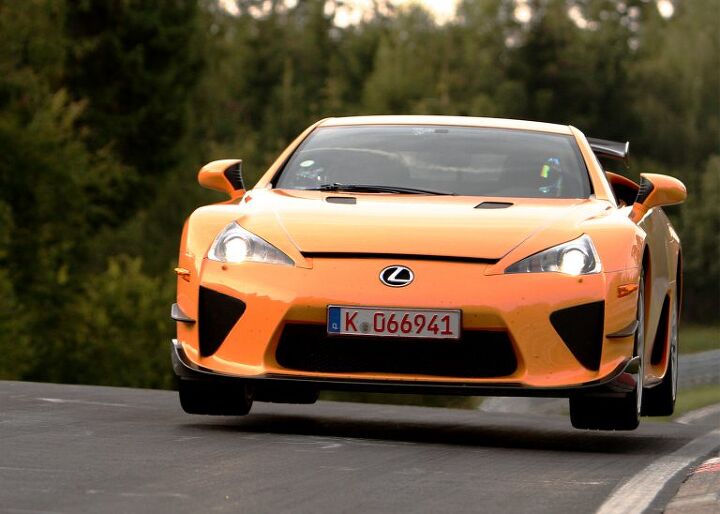














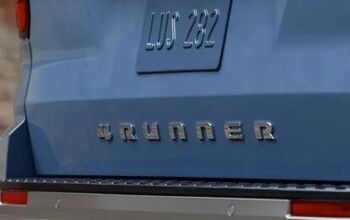

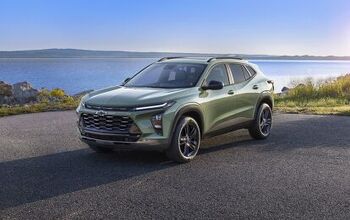
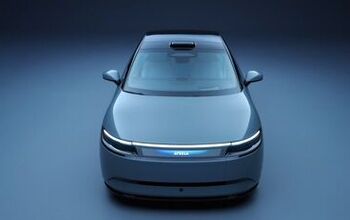






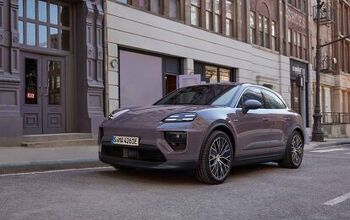
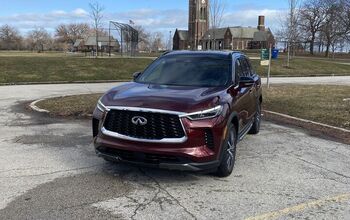




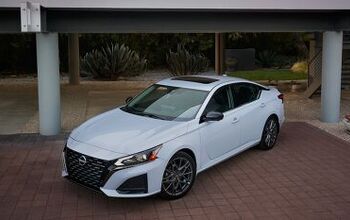
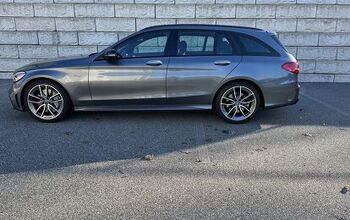
Comments
Join the conversation
The Chrysler Turbine car fits the article's question in my mind. (perhaps someone has already mentioned it. I skipped down to comment before reading other contributions.)
Morgan +8 - especially the ones with the BMW V-8. A car built on a wooden body with the aerodynamics of a barn door all wrapped up in a basic design that dates to the 1920's. It has 0-60 times and a top-end that will embarrass many high-buck and high-tech cars. I say bring on your stinkin' Hell-Cat or Demon and watch me mop the floor with your punk arses. It also benefits by being a true chick magnet - ladies love a ragtop.